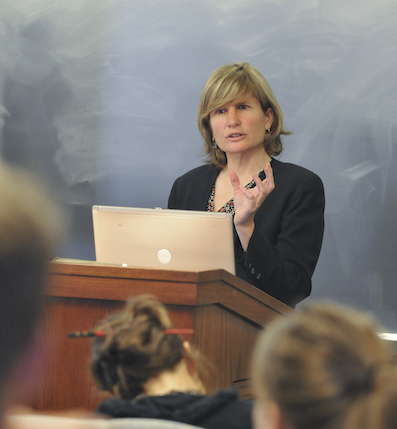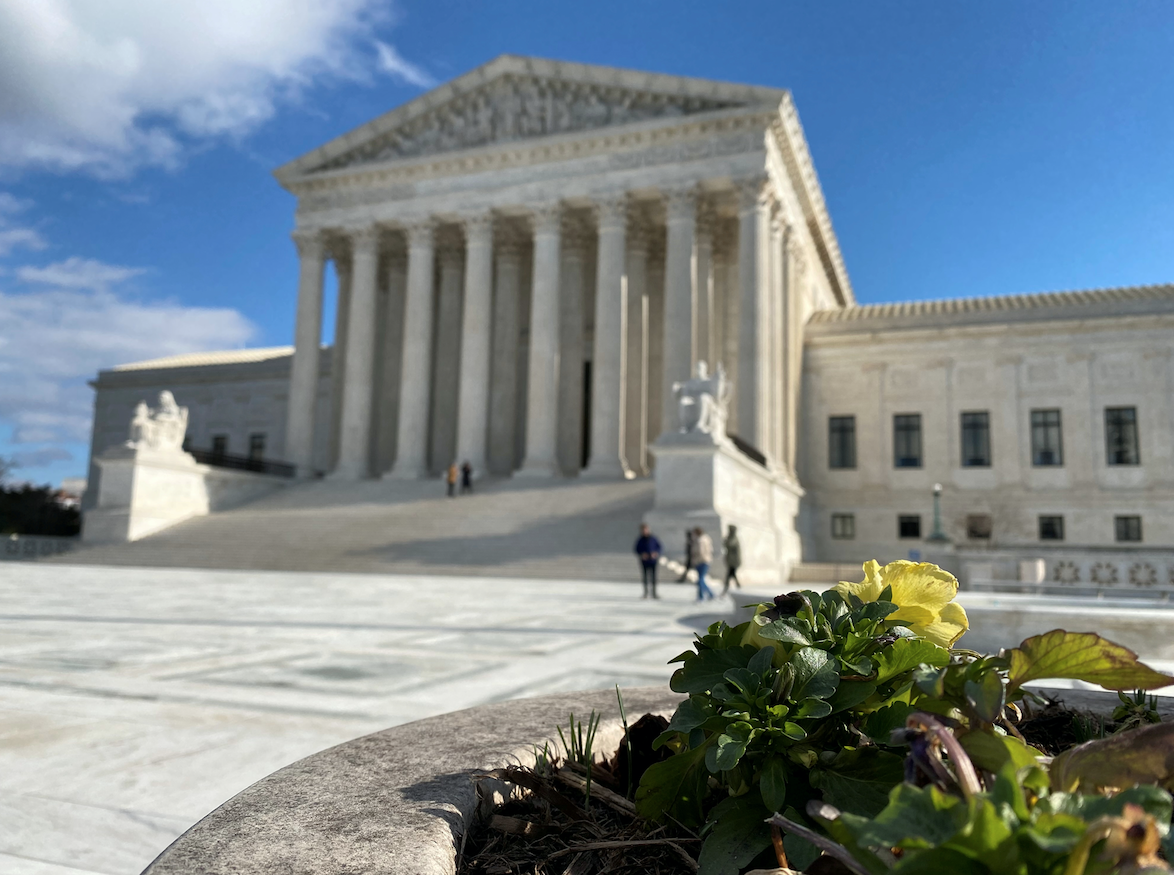
Gene Policinski, Chief Operating Officer, Newseum Institute and First Amendment Center of Newseum Institute
The Newseum Institute’s First Amendment expert, Gene Policinski, originally published this commentary on September 21, 2018, on the Newseum blog, and has given First Amendment Watch permission to reprint.
To err is human — but, it would seem, corrections are not seen by many as divine.
Inevitably, when journalists in all kinds of mediums start fresh each day, sometimes assembling the equivalent content of a paperback book, mistakes will be made.
Once upon a time — ironically, in a time when a free press was held in higher public esteem though mistakes were made — corrections were made less frequently and, at least in newspapers, often placed in lesser-read spaces.
As first thought, efforts to correct errors more quickly and prominently should bring both praise and satisfaction from news consumers — and for some, it does. But for others, the mere existence of corrections (and let’s count the lesser cousin, “clarifications” too) are signs of media malfeasance, proof that so-called “fake news” exists or is grounds for online versions of public floggings.
There’s no question that news operations should be called out when mistakes are made. Social media has made that calling much easier and much louder.
Case in point: The New York Times’ correction in print editions after the Emmy Awards, noting “A picture caption … using information from a photo agency, misidentified a woman presenting the award for outstanding lead actress in a comedy series. The woman was Angela Bassett, not Omarosa Manigault Newman.” An earlier tweet from the Times said that while the caption error was first made by Getty, the photo provider for the image, it was a mistake that should have been spotted and corrected by the Times.
The Twittersphere lit up as critics slammed the newspaper and its website for sins ranging from embarrassing carelessness to the much more serious reminder of the error’s racial overtones. One online post asked, “Do all dark-skinned black women look the same to your editors??”
There is value to be found in considering the full spectrum of those criticisms, particularly if we can avoid simple social media “piling on” that can distract from that value.
But from photo captions and factual errors to plagiarism and invented sources, what other profession fixes missteps so quickly, so publicly and so thoroughly? Answer: Few come to mind, if any.
While examples are available from any number of news outlets that make corrections quickly and publicly, for this discussion, let’s stick with corrections the Times published Sept. 18:
- “The Here to Help column on Friday about three books on the sexism women face in Hollywood misstated the year that ‘Bossypants’ was published. It was 2011, not 2018.
- “An article on Monday … gave an incorrect title for Jens Stoltenberg of NATO. He is the organization’s secretary general, not its general secretary.
- “An article on Sunday … misspelled the surname of the European Union’s Brexit negotiator. He is Michel Barnier, not Bernier.
- “An article on Monday … misidentified the winner of a game between the Los Angeles Rams and the Arizona Cardinals. The Rams won by a score of 34-0.”
None of these corrections — save perhaps the last one, for Cardinals fans — involved an earth-shattering mistake. None rose to the level of whatever fluid description applies today to the highly politicized “fake news.” Clearly, mistakes of facts, not of motives; more oversight than heinous skullduggery.
Yet, even as such corrections take place daily, in pages and online, from news organizations large and small, those who would weaken, restrict or even do away with a free press find traction in such open admissions. Better to continue in a combined effort to make news reports as accurate as possible — and perhaps to extend such self-reviews to social media posts.
Another case in point, yet again from the Times, from its Sept. 19 report about “Debunking Five Viral Rumors about Christine Blasey Ford, Kavanaugh’s Accuser” — in each of the five cited rumors, the newspaper reported, misinformation was conveyed online by a variety of individuals or groups, noting the misidentification and errors remained, days later, uncorrected or without factual support.
An unfortunate truth about the unprecedented Age of Information in which we now live is the huge amount of misinformation or outright fabrication that now clogs the systems bringing us news and information. So let’s end with a very proactive step by the Times in which, on Sept. 17, it invited the public to join its efforts to avoid misinformation.
The item, “If You See Disinformation Ahead of the Midterms, We Want to Hear From You,” says that “as November’s midterm elections approach, The New York Times is looking for examples of online ads, posts and texts that contain political disinformation or false claims and are being deliberately spread on internet platforms to try to influence local, statewide, and federal elections.”
“Times journalists are hoping to use your tips to advance our reporting. If you see a suspicious post or text, please take a screenshot and upload it” using a form provided by the newspaper.
Making corrections in a very public way will not restore all public confidence in a free press — that may be better achieved by not making mistakes in the first place — but fixing errors and taking proactive steps to sort out deliberate misinformation ought to be encouraged, not weaponized.
Gene Policinski is president and chief operating officer of the Newseum Institute. He can be reached at gpolicinski@newseum.org, or follow him on Twitter at @genefac.
Tags



